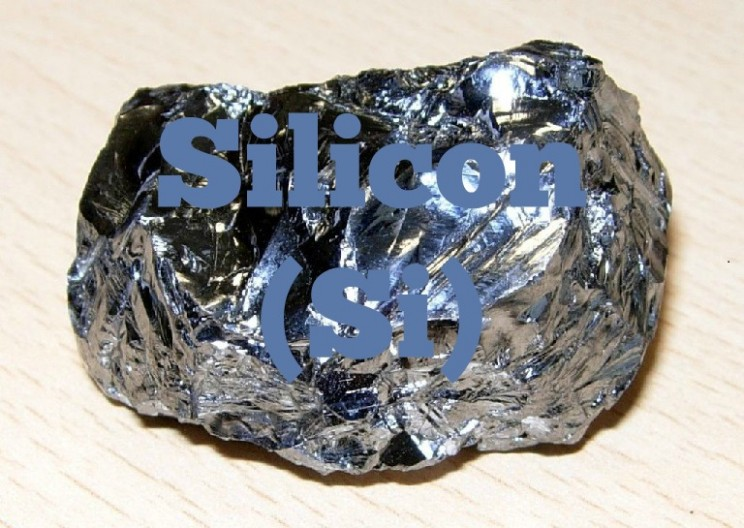Important Compounds of Silicon and Uses
Silicon is the non-metallic element and it belongs to the carbon family. Pure silicon is too reactive in nature and it cannot be found in the frees state. It is present in the rocks, soils, clays, sand, combined with oxygen and other elements as silica or silicates. The compounds of silicon are also found in the natural waters, in plants, skeletons, tissues, body fluids of animals and the atmosphere.
In the form of compounds, silicon dioxide occurs as both amorphous minerals and crystalline minerals in all the areas on the earth. Natural silicates are abundant, widely distributed, and have compositional and structural complexities. Silicon carbide is an important compound of silicon also known as carborundum. It is a hard substance and, on the Mohs, scale its hardness is about 9.5. It is powdery material and is used as an abrasive to polish or grind the materials. Also, it has the refractory properties and can withstand the high temperatures by reflecting the heat.

Uses of Silicon
The atomic structure of silicon gives it an important character of a semiconductor. Silicon that has less purity is used as a reducing agent in the metallurgy and as an alloying element in the brass, aluminum, bronze, and steel. Silica and silicates are the most important compounds of the silicon element. Silica in the form of clay and sand is used to make the bricks and concrete and as refractory material for the applications which are operated at the high temperature. The quartz mineral can be softened by heating and can be shaped into the glassware. Silicon dioxide is used in the manufacturing of ceramics, abrasives, glass, in the water filtration systems, in the insulating materials, as the food additive, in pharmaceuticals, cosmetics, and in the manufacturing of the rubbers, insecticides, and paper.
Silica is abrasive and it is used in the production of ceramic bodies and glass as an adsorbent. The majority of the silicates are insoluble in water and they are used for fabrication of enamels, making of glass, ceramic materials, china, and pottery. Sodium silicates (water glass) or soda silicates are used to make the soap, for treating the wood to prevent the decaying process, like cement, in the dyeing process and for the preservation of eggs.
Both synthetically produced and naturally occurring silicates are extremely important as ion exchangers, as adsorbent and for the building materials. The bests use of the silicon is for electronic devices. Hyperpure silicon is being used in the transistors and other important components of the electronic devices. It is also used for making the rectifiers, photovoltaic cells, and some parts of the computer circuits. Silicon is present in all the glass materials. A large amount of silicon is used as an alloy in the aluminum industry. These alloys are used in the welding process to make the molds. Silicon alloys are resistant to corrosion and are used in the construction of bridges, transport vehicles, and building materials.